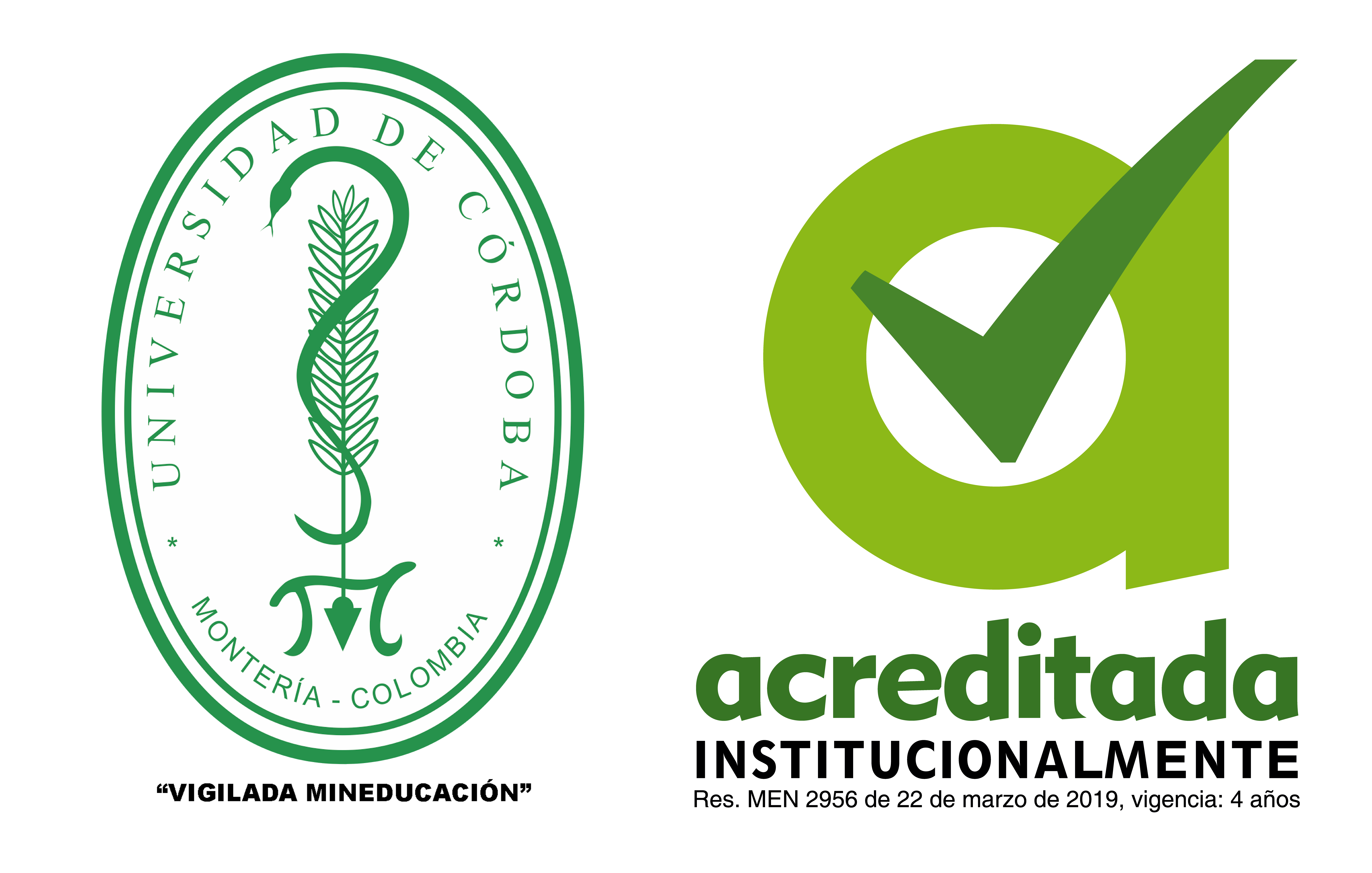The use of portfolio evaluation in higher military education: an experience
Uso da avaliação por portfólio no ensino supeior militar: uma experiencia.
The Assensus journal has a Creative Commons license. The citation, use and partial or total reproduction of the contents is authorized by citing sources. For more information, see https://creativecommons.org/licenses/by-sa/4.0/deed.en
Show authors biography
This article is an exploratory literature search, qualitative scope, which aimed to reflect on the meaning of evaluation in higher military education as well as present some initial considerations from an experience on using the portfolio as an alternative assessment teaching and learning process. The stage of the experiment was the Naval Academy, an institution located in the City of Rio de Janeiro. The discipline chosen for the realization of this experience was the organizational culture Military, because I had the support of the teacher and the class was small twelve students. The data collection instrument was a semi-structured interview with the aforementioned teacher. The portfolio is a collection of works by students, building knowledge of continuous and thoughtful way, as well as an innovative strategic tool for learning and assessment, which seeks, through dialogue and monitoring of proposed activities, find ways to what he was not learned by the student, overcoming the traditional assessment tests. Higher military education is considered quality, but still uses the exclusive and hierarchical evaluation, teachers are qualified professionals who have a relationship of strength and power to his students, both in the relationship in the classroom classroom and in the transmission of content. In the end, this experience was deemed important and positive, because the teacher dared challenged and encouraged his students to them to build knowledge through the work done inside and outside the classroom and his self-assessment. The use of portfolio still not well studied or explored in Brazil, so it is expected that this study is relevant to the development of innovative training alternatives, leaving a timely vision of evaluation as qualifying and exclusionary measure.
Article visits 624 | PDF visits



